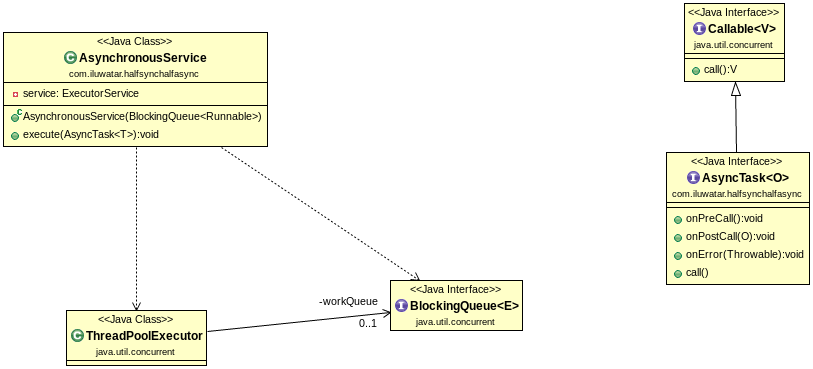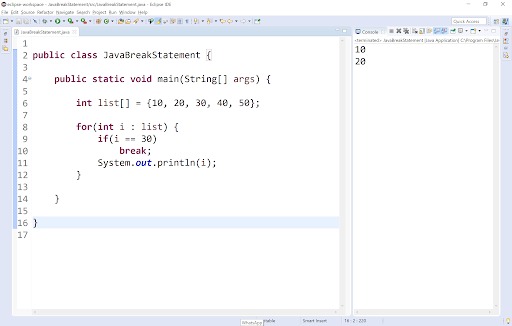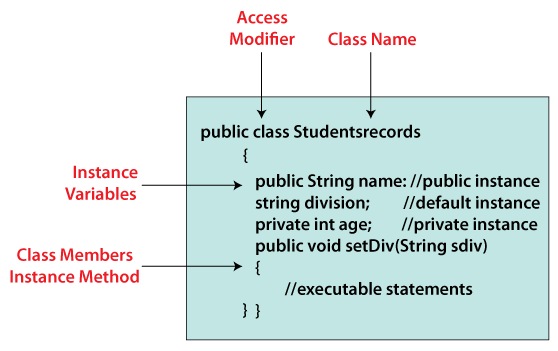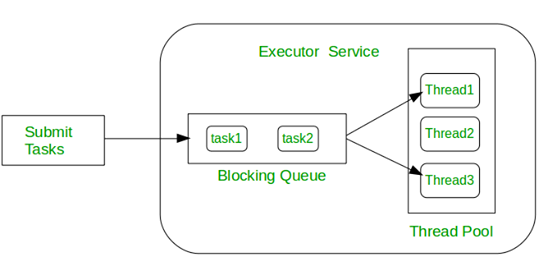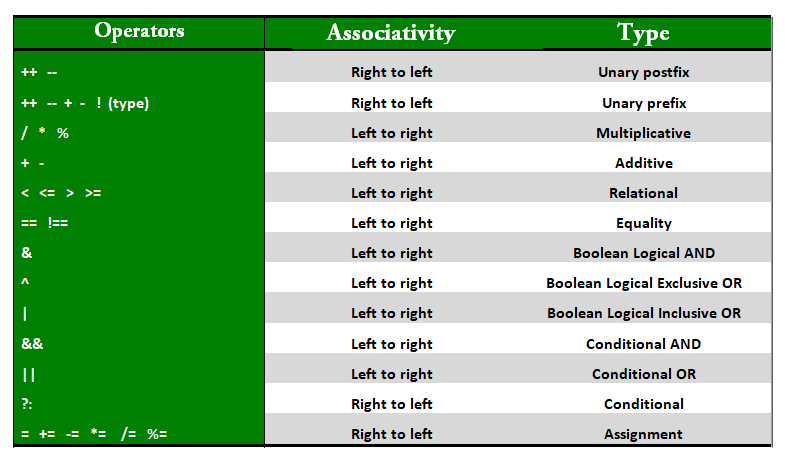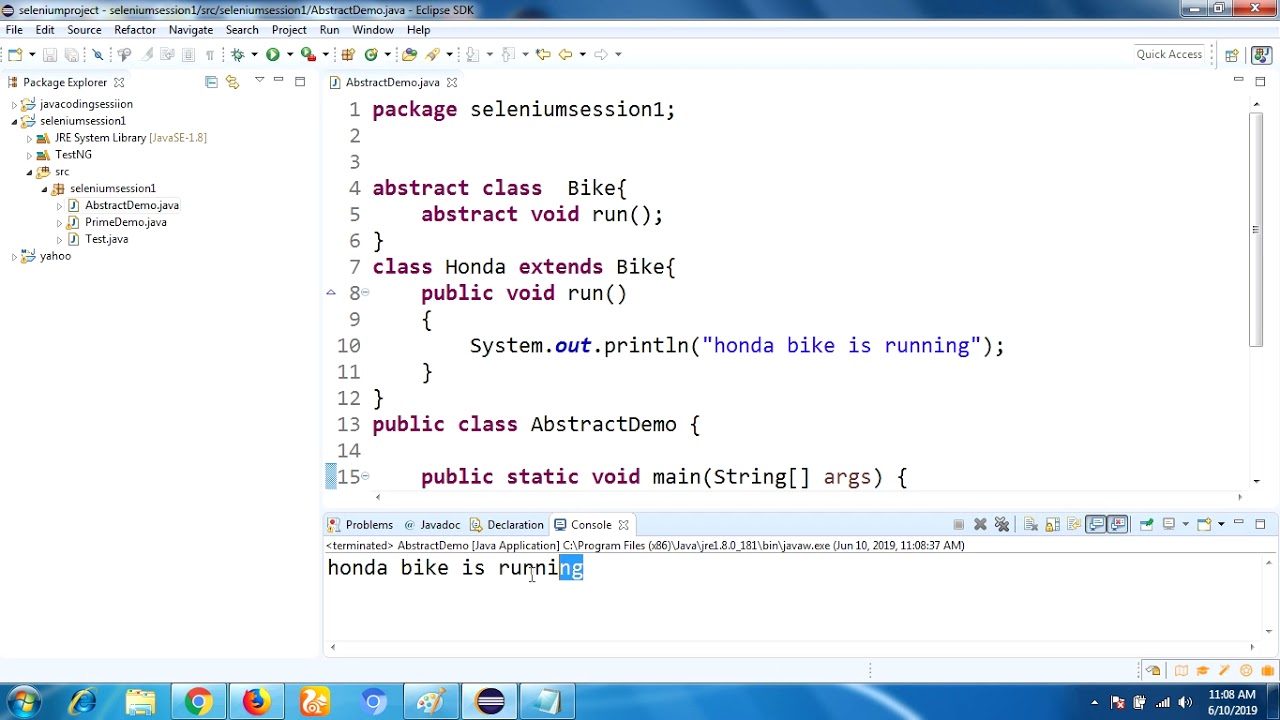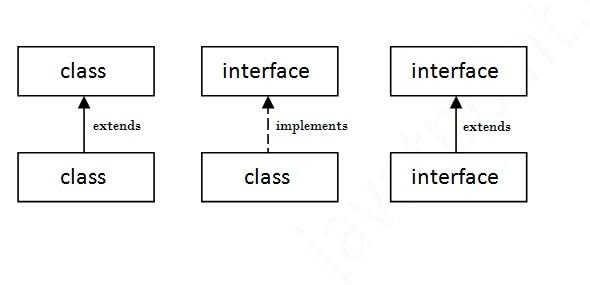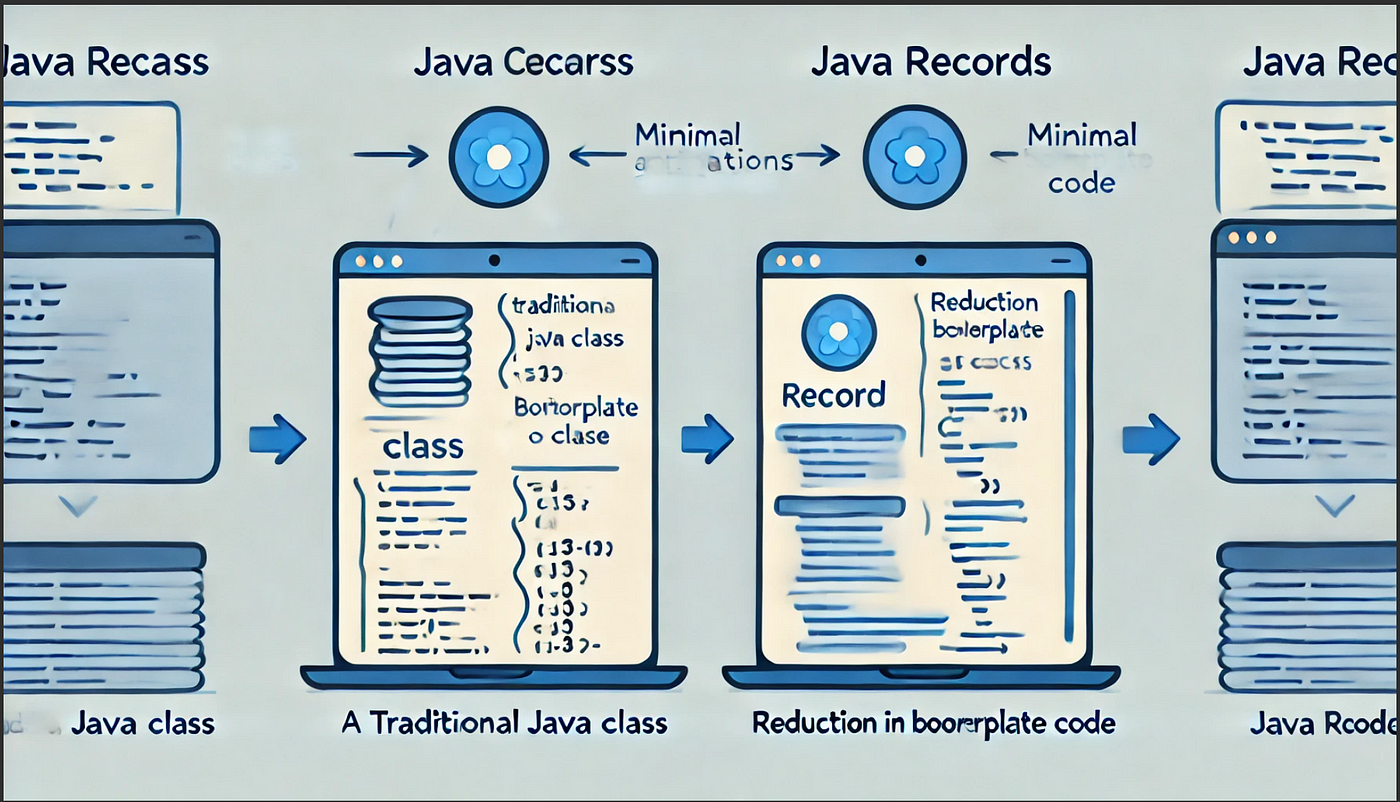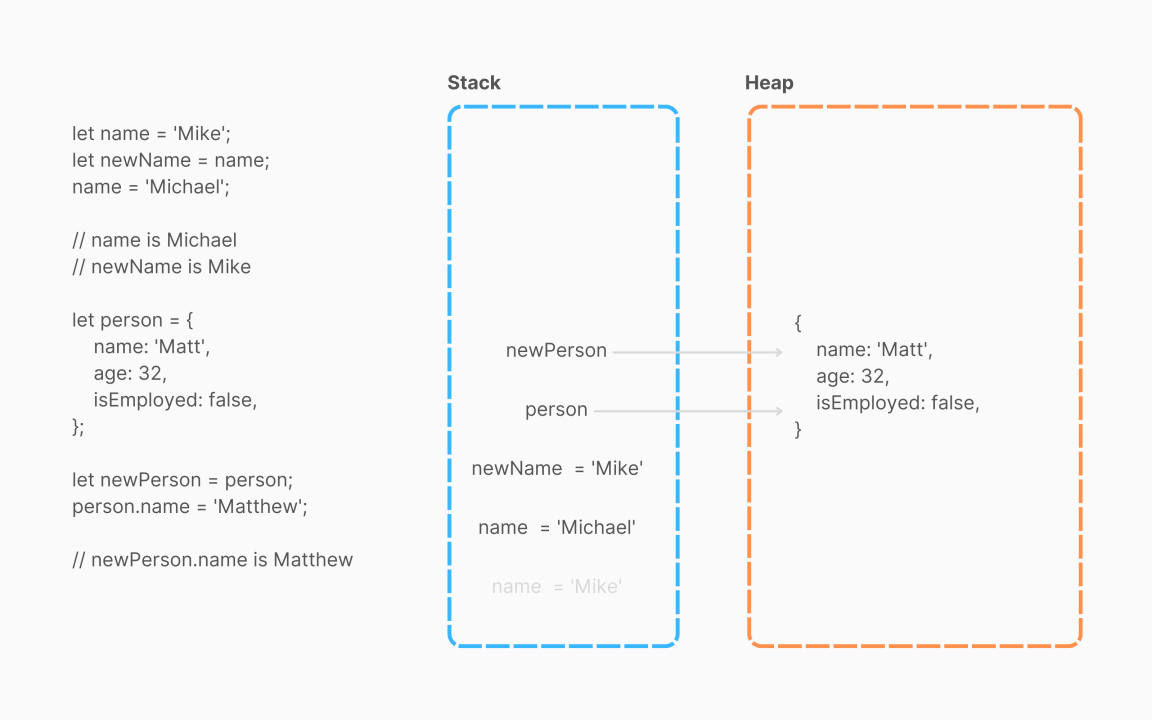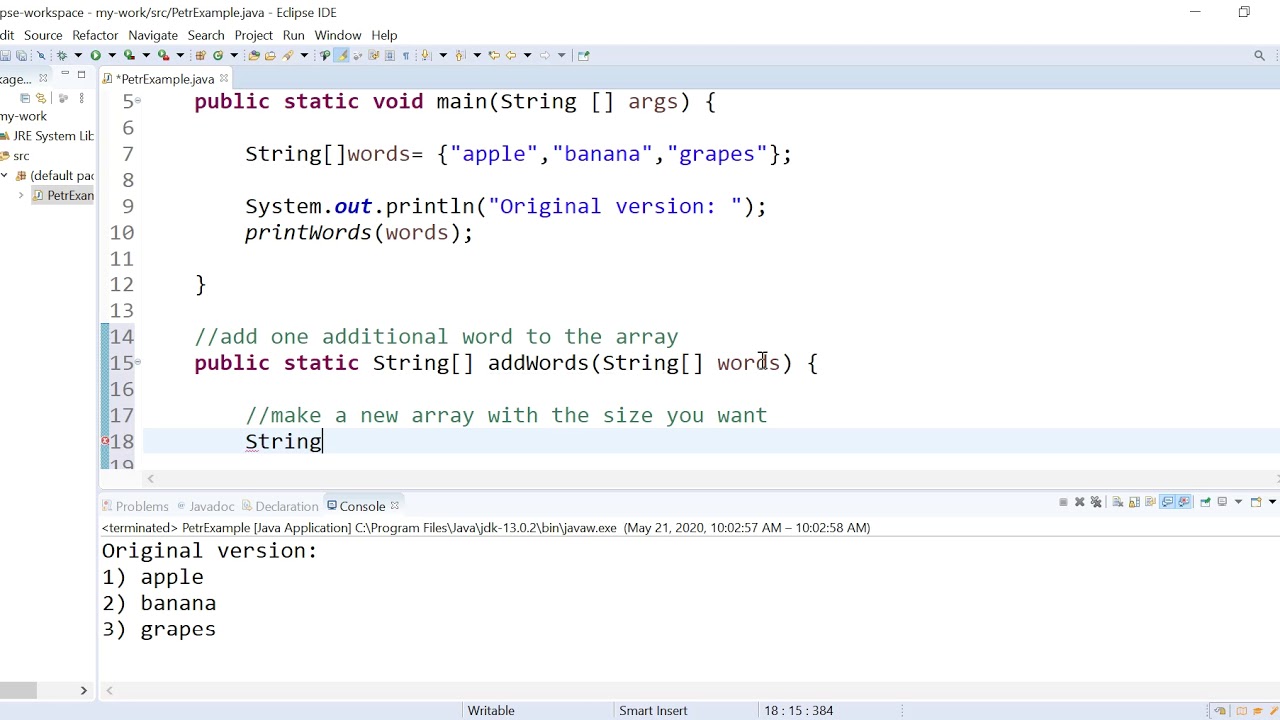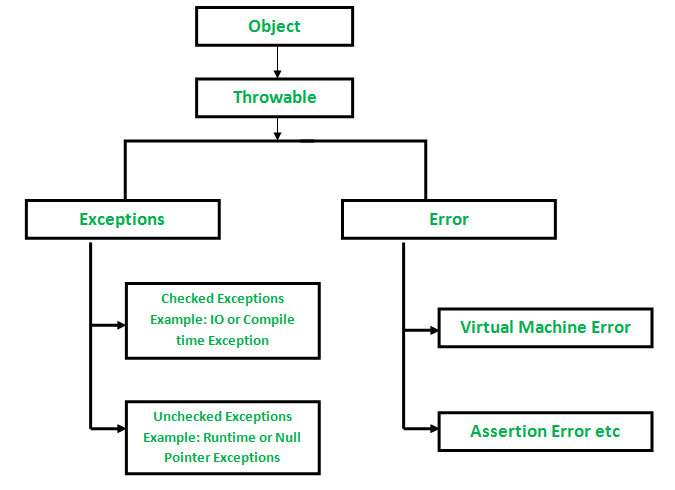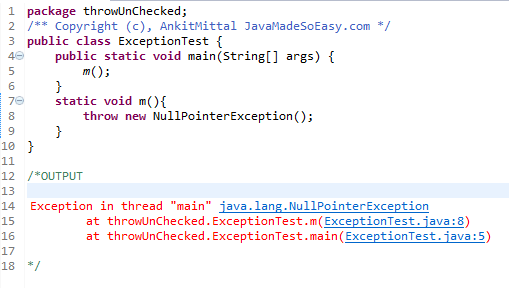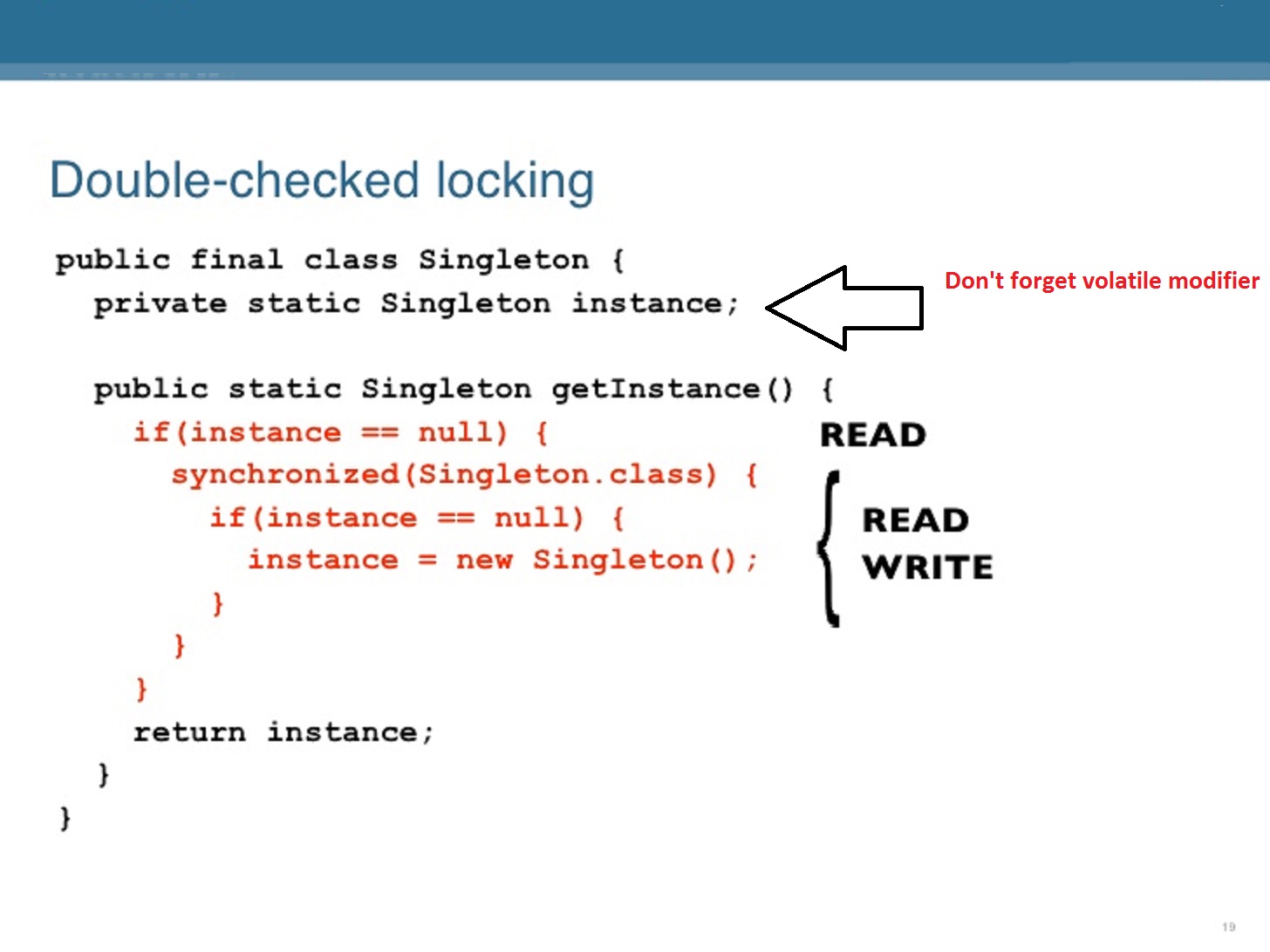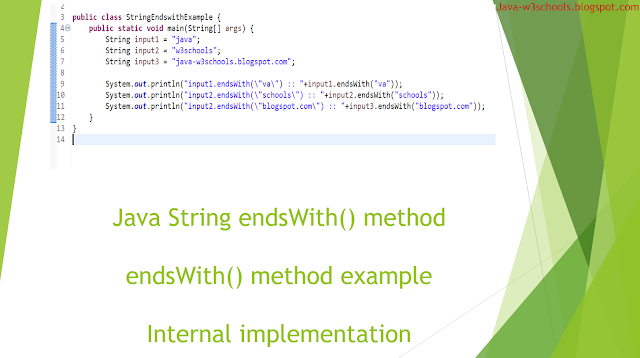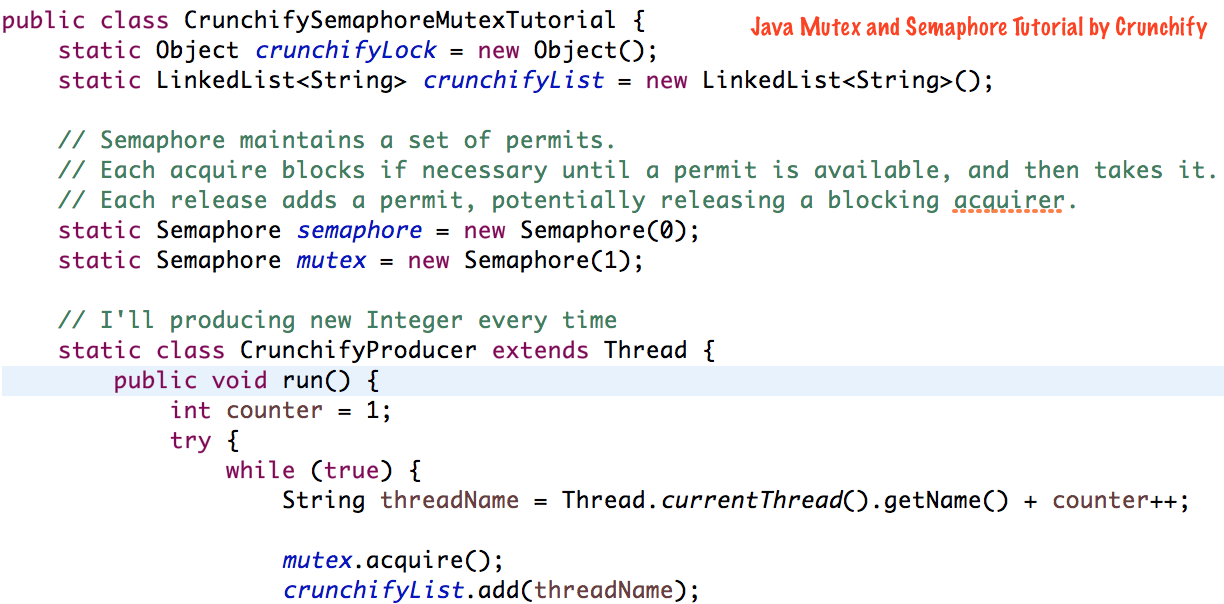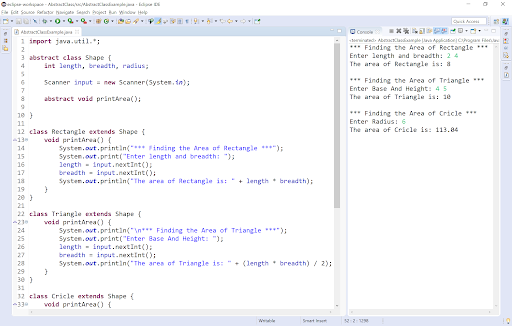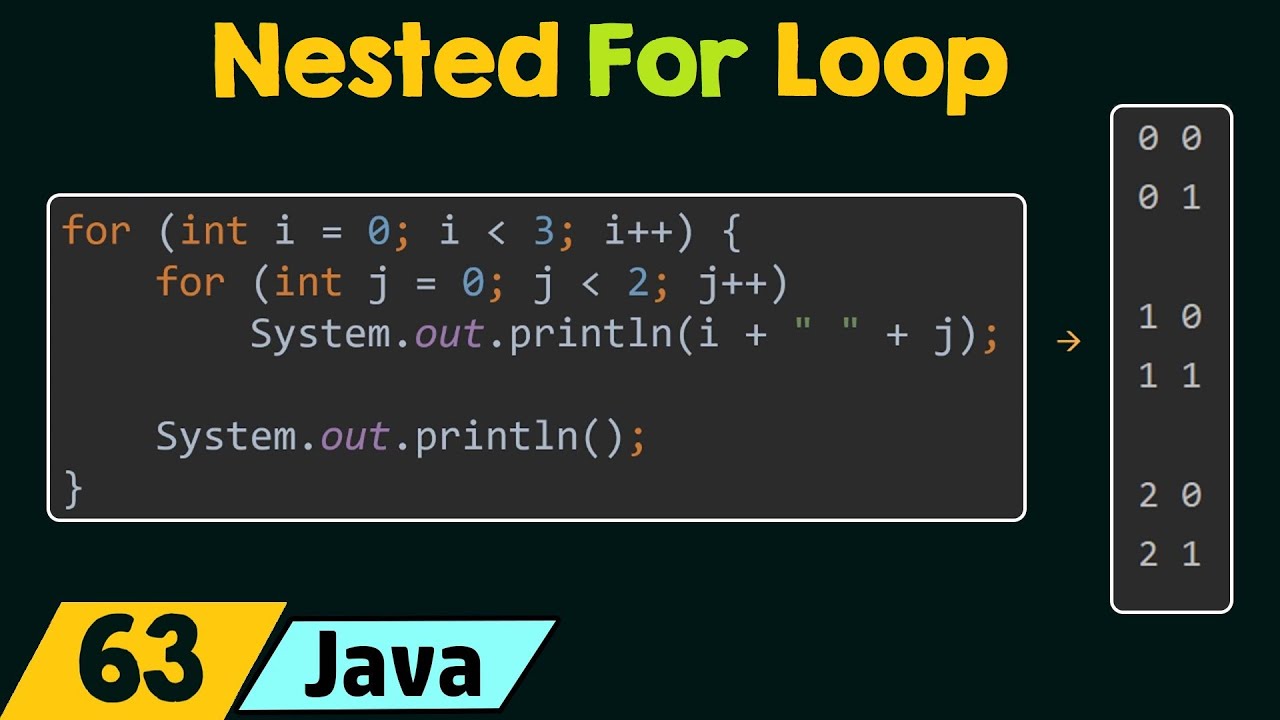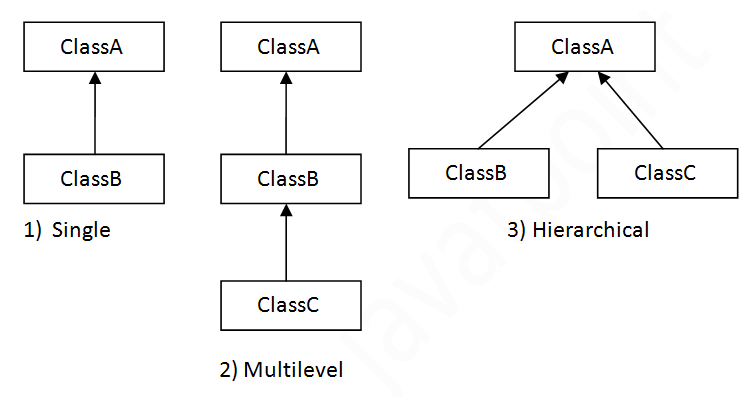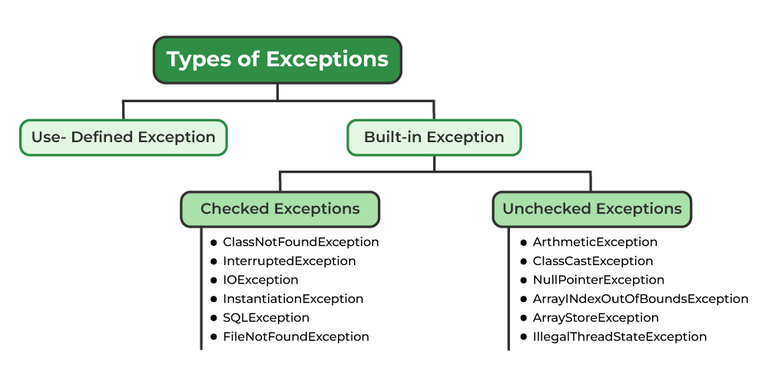What is the difference between mutable and immutable strings in Java?
What is the difference between mutable and immutable strings in Java?
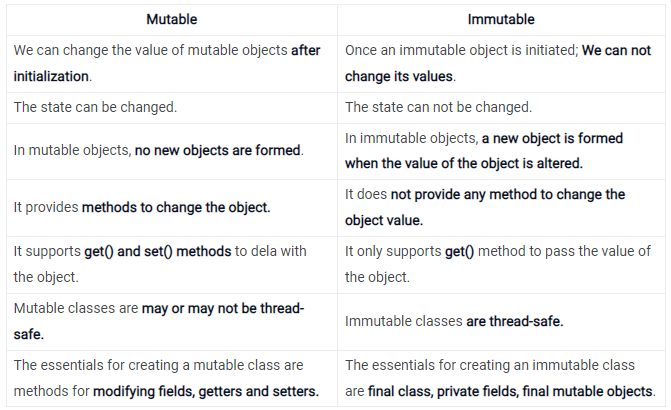
In Java, strings can be categorized into two types: mutable and immutable. The main difference between them lies in their ability to be modified or changed after they are created.
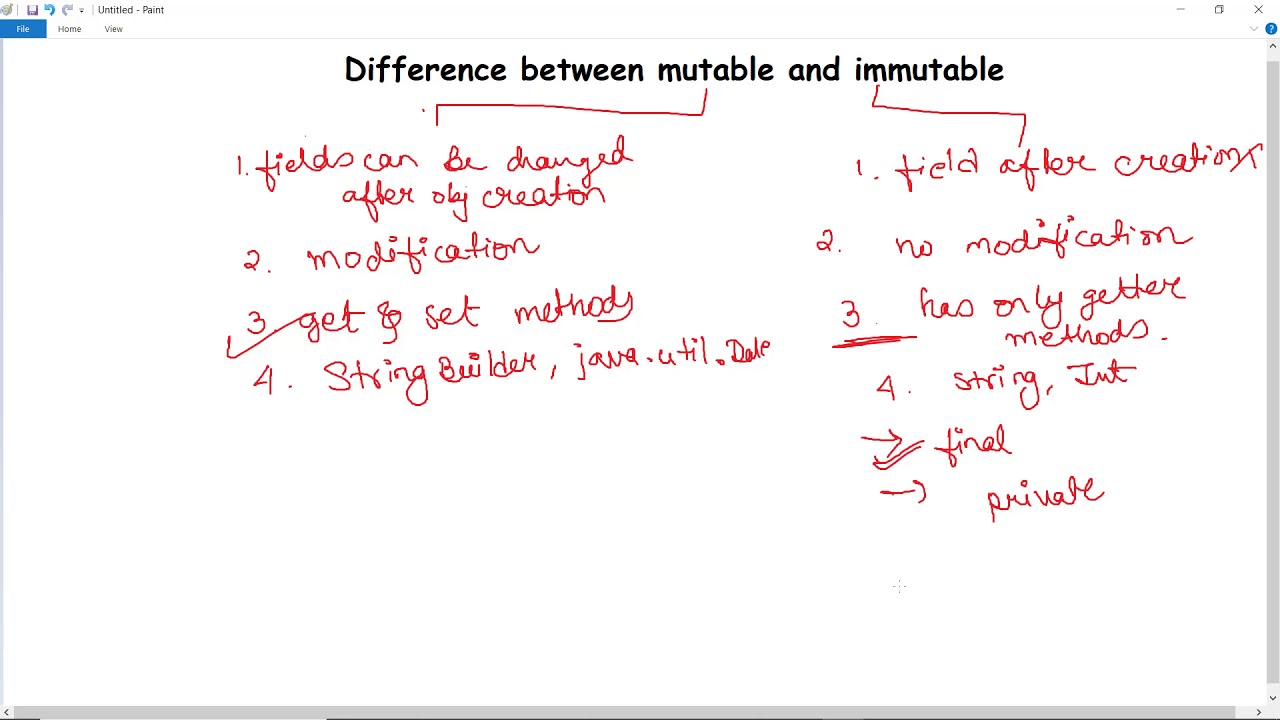
Immutable Strings:
Immutable strings are those that cannot be modified once they are created. In other words, once an immutable string is initialized, its contents cannot be altered. This is achieved through the String class in Java, which provides a set of methods for creating and manipulating strings. When you create a string using the String class or one of its subclasses (such as java.lang.StringBuffer), it becomes an immutable string.
Here are some key characteristics of immutable strings:
They cannot be modified after creation. Their contents cannot be changed, replaced, or deleted. Any attempt to modify an immutable string will result in aStringIndexOutOfBoundsException, which is a runtime exception. Immutable strings are thread-safe and can be safely used in multithreaded applications.
Example of immutable string:
String myImmutableString = "Hello";
myImmutableString.concat(" World"); // This will throw an exception
In this example, the concat method cannot modify the original string because it is immutable. Instead, a new string containing the concatenated text would be created, but the original string remains unchanged.
Mutable Strings:
Mutable strings, on the other hand, can be modified after they are created. This is achieved through the StringBuilder or StringBuffer classes in Java. When you create a mutable string using one of these classes, it becomes modifiable.
Here are some key characteristics of mutable strings:
They can be modified after creation. Their contents can be changed, replaced, or deleted. Any attempt to modify an immutable string will result in a runtime exception. Mutable strings are not thread-safe and should be used with caution in multithreaded applications.Example of mutable string:
StringBuilder myMutableString = new StringBuilder("Hello");
myMutableString.append(" World"); // This will append the text correctly
In this example, the append method can modify the original string because it is a mutable string. The resulting string would be "Hello World".
Conclusion:
In Java, strings can be either immutable or mutable. Immutable strings are thread-safe and cannot be modified after creation, while mutable strings can be modified after creation but require caution in multithreaded applications. Understanding the differences between these two types of strings is crucial for writing efficient, reliable, and scalable code.
What is an example of immutable in Java?
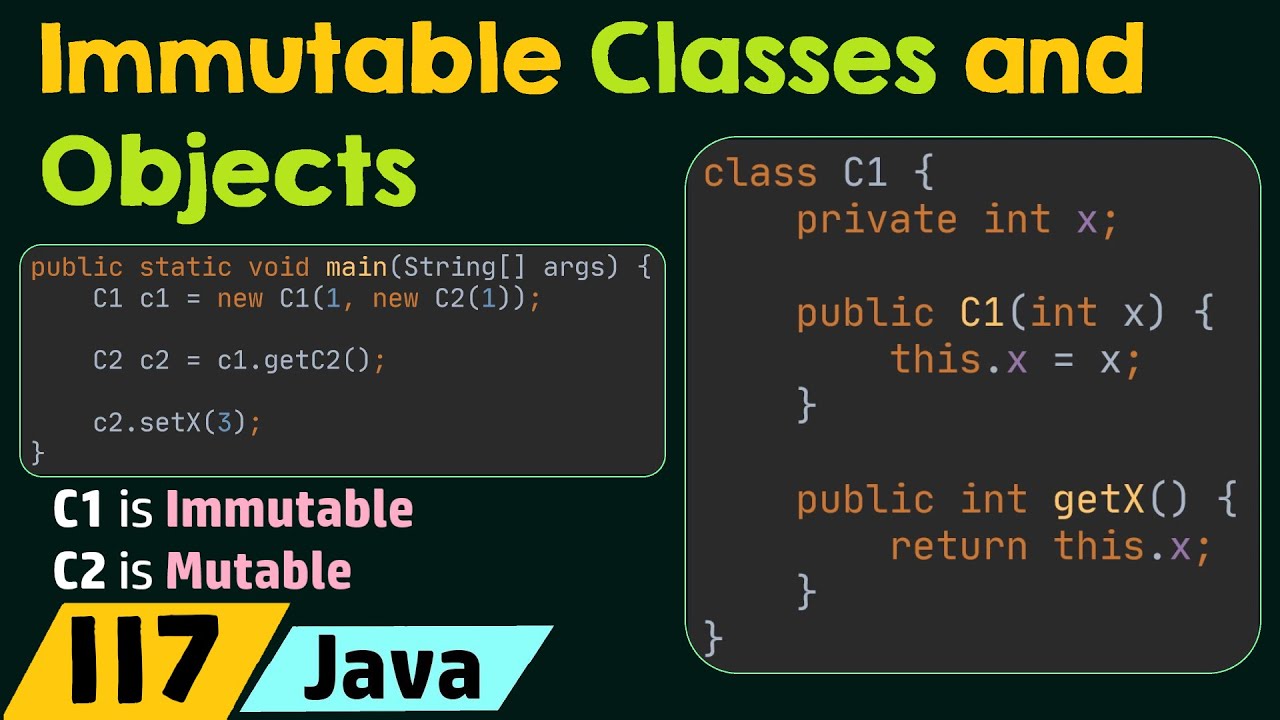
I apologize for the misunderstanding earlier!
In Java, immutable refers to a class or object that cannot be changed once it's created. In other words, its state remains constant throughout its lifetime. Immutable classes are useful when you want to ensure that an object's data cannot be modified accidentally or maliciously.
A classic example of an immutable class in Java is the String class. Once a String object is created, its value cannot be changed. For instance:
String myImmutableString = "Hello";
myImmutableString = "Goodbye"; // This line won't modify the original string
System.out.println(myImmutableString); // Output: Goodbye
As you can see, even though we reassigned the myImmutableString variable to a new value, the original string remains unchanged. This is because String objects are immutable by design.
Other examples of immutable classes in Java include:
Integer, Long, and other primitive wrapper classes: These classes have a fixed set of values that cannot be changed once an object is created. Enum: Enumerations are inherently immutable, as their values are defined at compile-time and cannot be modified at runtime. BigInteger and other big number classes: These classes represent very large integers and fractions, which cannot be changed once they're calculated.
When you design an immutable class in Java, you should follow these best practices:
Make all fields final: Ensure that all fields are declared asfinal, so they can't be changed later. Use constructors correctly: Use constructors to initialize objects with the correct values, rather than modifying them after creation. Return new instances instead of modifying existing ones: When creating a new instance of an immutable class, return a new object instead of modifying the original one.
By following these guidelines and using Java's built-in immutable classes as inspiration, you can create your own immutable classes that provide predictable and safe behavior.
